

Articles
How To Store Lemon Grass
Modified: August 20, 2024
Discover the best way to store lemon grass with our insightful articles. Find step-by-step instructions and expert tips to keep your lemon grass fresh and flavorful.
(Many of the links in this article redirect to a specific reviewed product. Your purchase of these products through affiliate links helps to generate commission for Storables.com, at no extra cost. Learn more)
Introduction
Lemon grass, also known as Cymbopogon, is a popular herb commonly used in various cuisines for its unique flavor and aroma. Its citrusy and earthy notes add a refreshing twist to soups, curries, teas, and even desserts. If you’ve ever purchased a bunch of lemon grass but couldn’t finish using it all at once, you may find yourself wondering how to store it properly to preserve its freshness and flavor. In this article, we’ll explore different methods of storing lemon grass, so you can enjoy its delightful taste and fragrance for an extended period.
Key Takeaways:
- Preserve the vibrant flavor of lemon grass by choosing, preparing, and storing it properly. Whether refrigerating, freezing, drying, or making a paste, enjoy the citrusy goodness in your culinary creations year-round.
- From selecting fresh stalks to utilizing stored lemon grass in various recipes, explore the diverse methods of storing this fragrant herb to elevate your cooking with its unique citrusy and earthy notes.
Read more: How To Store Dehydrated Lemons
Choosing and Preparing Lemon Grass
When it comes to storing lemon grass, it’s essential to start with fresh and high-quality stalks. Here are some tips on selecting and preparing lemon grass for storage:
- Look for firm, pale-yellow stalks: Choose lemon grass stalks that are firm to the touch and have a pale-yellow color towards the base. Avoid stalks that appear wilted, brown, or have soft spots.
- Check the fragrance: Give the stalks a gentle squeeze and sniff. Fresh lemon grass should have a strong, lemony scent. If it lacks aroma or smells off, it may not be fresh.
- Trim the stalks: Before storing, trim off the dry and woody ends of the stalks. Cut about an inch off the bottom and discard any tough outer layers. This will ensure only the tender and flavorful parts are used.
- Wash and dry: Rinse the trimmed stalks under cold water to remove any dirt or debris. Pat them dry with a paper towel before proceeding with the desired storage method.
By choosing fresh lemon grass and properly preparing it, you set the stage for optimal storage and flavor retention.
Storing Fresh Lemon Grass
Storing fresh lemon grass requires keeping it in the best conditions to preserve its flavor and texture. Here are a few storage methods to consider:
- Refrigerator storage: The refrigerator is an ideal place to store fresh lemon grass for short-term use. Wrap the trimmed stalks in a slightly damp paper towel, place them in a resealable plastic bag, and refrigerate. This method can keep the lemon grass fresh for up to two weeks.
- Water storage: Another method is to place the trimmed stalks in a glass or jar filled with a few inches of water. Cover the top loosely with a plastic bag to retain moisture and place it in the refrigerator. Change the water every couple of days to maintain freshness. This method can keep the stalks fresh for up to three weeks.
- Herb keeper: If you have an herb keeper with water storage, you can easily store lemon grass in it. Simply trim the stalks, fill the container with water, and place the stalks inside. Keep it refrigerated, and the herb keeper will provide the optimal environment to keep the lemon grass fresh for an extended duration.
Remember to check the lemon grass periodically and discard any stalks that show signs of spoilage, such as mold or a foul odor. Proper storage will help maintain the flavor and aroma of the lemon grass, ensuring its usability in your culinary adventures.
Freezing Lemon Grass
Freezing is an excellent method to store lemon grass for an extended period. Here’s how you can freeze lemon grass:
- Chop or slice the lemon grass: Trim the ends and remove any tough outer layers. Then, chop or slice the lemon grass into desired lengths. You can choose to freeze it as whole stalks or cut them into smaller pieces for convenience.
- Blanching: Blanching the lemon grass before freezing helps preserve its flavor and texture. Bring a pot of water to a boil and blanch the lemon grass for about 1-2 minutes, depending on their thickness. Immediately transfer them to an ice water bath to stop the cooking process.
- Drain and package: Once the blanched lemon grass has cooled, drain them thoroughly. Pat them dry with a paper towel to remove excess moisture. Place the lemon grass into airtight freezer bags or containers, removing as much air as possible to minimize freezer burn.
- Label and freeze: Label the containers or bags with the date and contents. Place them in the freezer, making sure they are laid flat for even freezing. Lemon grass can be stored in the freezer for up to six months.
When you need to use frozen lemon grass, simply remove the desired amount and return the rest to the freezer. Frozen lemon grass is best used in cooked dishes as the freezing process can slightly alter its texture. Enjoy the convenience of having lemon grass readily available for your favorite recipes, even when it’s not in season!
Store lemon grass by wrapping it in a damp paper towel and placing it in a plastic bag in the refrigerator. It will stay fresh for up to two weeks.
Drying Lemon Grass
Drying lemon grass is an effective method to preserve its flavor for a longer duration. Here’s how you can dry lemon grass:
- Harvesting: Choose mature lemon grass stalks that are at least six months old. Cut the stalks close to the ground, leaving enough of the plant for it to regrow. Harvesting in the morning, when the essential oils are at their peak, will result in the best flavor.
- Removing leaves and roots: Trim off the leaves and roots from the stalks. Retain only the thick, bulbous sections of the stalks, as they contain the most flavor.
- Air drying: Tie the cleaned and trimmed stalks into small bundles with kitchen twine. Hang them upside down in a cool, well-ventilated area, away from direct sunlight. Allow the lemon grass to air dry for about two to three weeks until they become brittle and dry to the touch.
- Crushing or grinding: Once the lemon grass is fully dried, remove the stalks from the bundles. Use your hands or a mortar and pestle to crush the dried stalks into pieces or grind them into a fine powder, depending on your intended use.
- Storage: Store the dried lemon grass in an airtight container, away from heat and moisture. Label the container with the date and contents. Properly stored dried lemon grass can retain its flavor for up to a year.
Dried lemon grass is commonly used to infuse flavor into teas, soups, or stews. It adds a delightful and aromatic twist to various recipes, even when fresh lemon grass is not readily available.
Read more: How To Store Lemon Balm
Storing Lemon Grass Paste
Lemon grass paste is a versatile ingredient that can be used in a variety of dishes to add a burst of citrusy flavor. Here’s how you can store lemon grass paste:
- Making the paste: To make lemon grass paste, start by trimming and cleaning the fresh lemon grass stalks. Then, slice the stalks into smaller pieces and blend them in a food processor or blender along with a small amount of water or oil. Continue blending until a smooth paste forms.
- Freezing in ice cube trays: Spoon the freshly made lemon grass paste into ice cube trays. Fill each compartment about halfway to allow for expansion during freezing. Place the tray in the freezer until the paste has solidified. Once frozen, transfer the paste cubes to a resealable freezer bag for long-term storage.
- Label and freeze: Label the freezer bag with the date and contents. Store the bag in the freezer, where the lemon grass paste can stay good for up to six months.
- Using a jar or container: Alternatively, you can store the lemon grass paste in airtight jars or containers. Fill the jars with the paste, leaving a small space at the top to allow for expansion. Seal the jars tightly and refrigerate for up to two weeks or freeze for longer storage.
Lemon grass paste is a convenient option for adding flavor to dishes without the hassle of chopping or slicing fresh stalks. Whether you freeze it in cubes or store it in jars, lemon grass paste will come in handy for a quick and easy flavor boost in your cooking.
Using Stored Lemon Grass
Now that you have stored your lemon grass using different methods, it’s time to use it in your culinary creations. Here are some ways to utilize stored lemon grass:
- Cooking with fresh lemon grass: If you stored the lemon grass in the refrigerator or water, you can use it in recipes as you would with fresh stalks. However, remember to remove any wilted or discolored parts before use.
- Adding frozen lemon grass: If you froze the lemon grass, you can directly add the frozen stalks to your cooking. No need to thaw them beforehand. They will quickly defrost and release their delightful flavors into your dishes.
- Using dried lemon grass: When using dried lemon grass, you can rehydrate it before adding it to your recipes. Simply soak the dried pieces in warm water for about 15-20 minutes until they become soft. Drain the water and use the rehydrated lemon grass in your dish.
- Utilizing lemon grass paste: Lemon grass paste is a convenient option for adding a concentrated burst of flavor. Simply thaw the frozen cubes or spoon out the desired amount of paste from the jar or container. Add it directly to your cooking, adjusting the quantity according to your taste preferences.
Use stored lemon grass in soups, curries, stir-fries, marinades, and even beverages like teas or cocktails. It pairs well with ingredients such as ginger, garlic, chili, coconut milk, and lime. Get creative and experiment with different recipes to discover new and exciting ways to use lemon grass in your culinary adventures.
Conclusion
Storing lemon grass properly allows you to have this fragrant and flavorful herb on hand whenever you need it. By following the right storage methods, you can preserve the freshness and taste of lemon grass for an extended period.
Whether you choose to refrigerate freshly trimmed stalks, freeze them in convenient portions, dry them for later use, or create a flavorful paste, each storage method has its own benefits and considerations.
Remember to choose high-quality lemon grass, trim and clean it properly, and select the storage method that suits your needs best. Whether you’re a culinary enthusiast or simply enjoy adding a touch of citrusy goodness to your cooking, having stored lemon grass at your disposal ensures that you never run out of this delightful ingredient.
So, the next time you come across a bunch of fresh lemon grass, don’t worry about using it all at once. Utilize the storage techniques mentioned in this article and enjoy the vibrant flavors of lemon grass in your dishes long after it’s out of season.
Frequently Asked Questions about How To Store Lemon Grass
Was this page helpful?
At Storables.com, we guarantee accurate and reliable information. Our content, validated by Expert Board Contributors, is crafted following stringent Editorial Policies. We're committed to providing you with well-researched, expert-backed insights for all your informational needs.

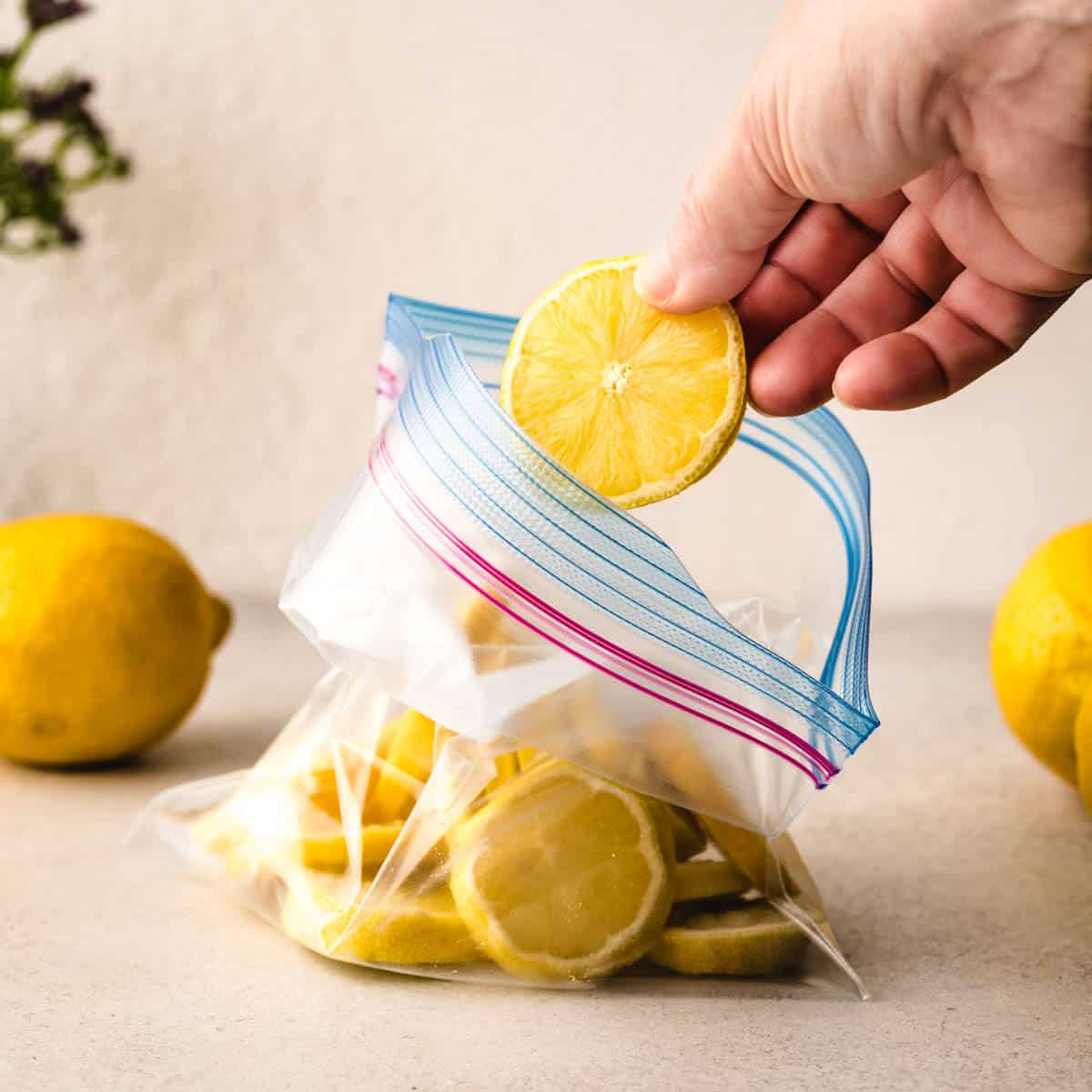
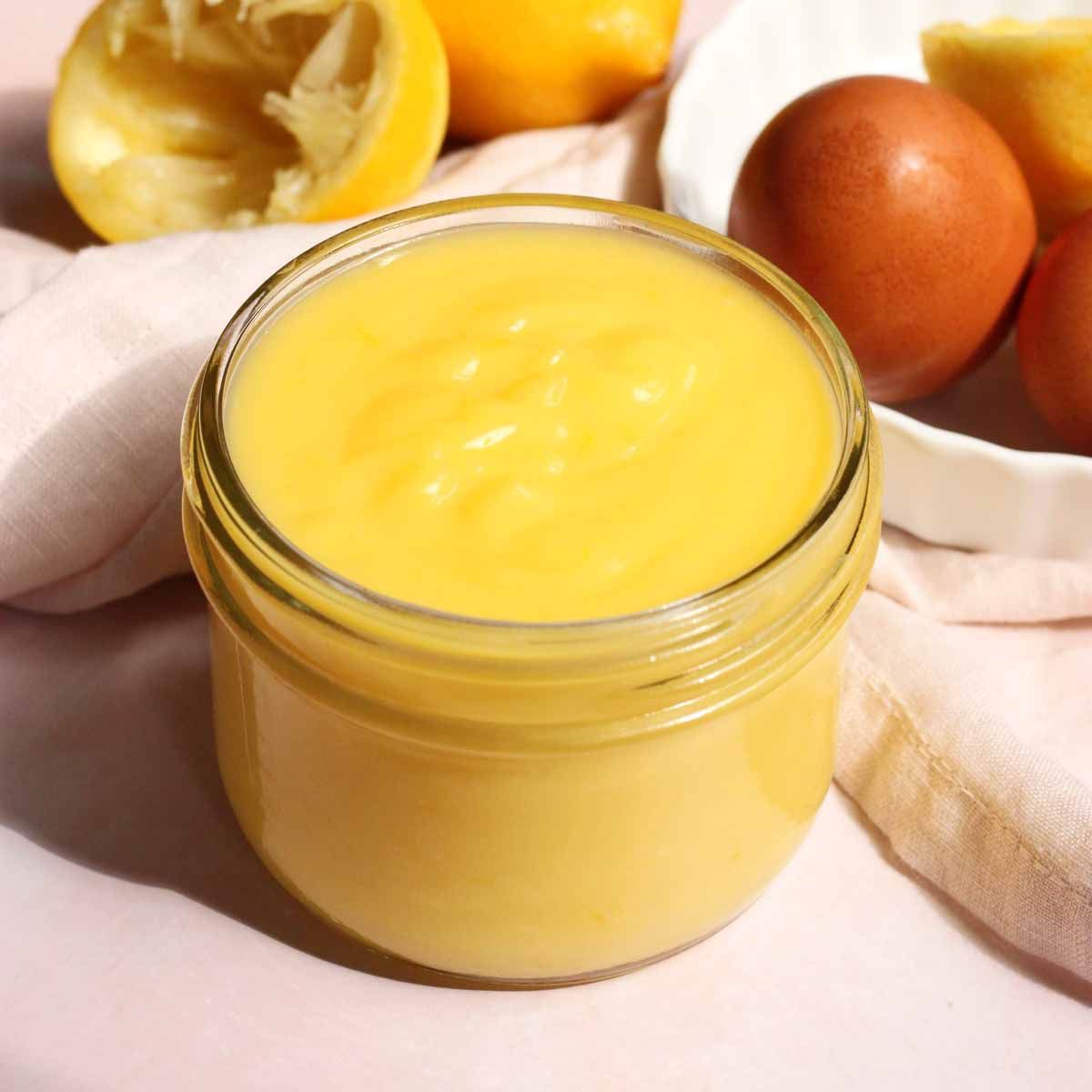
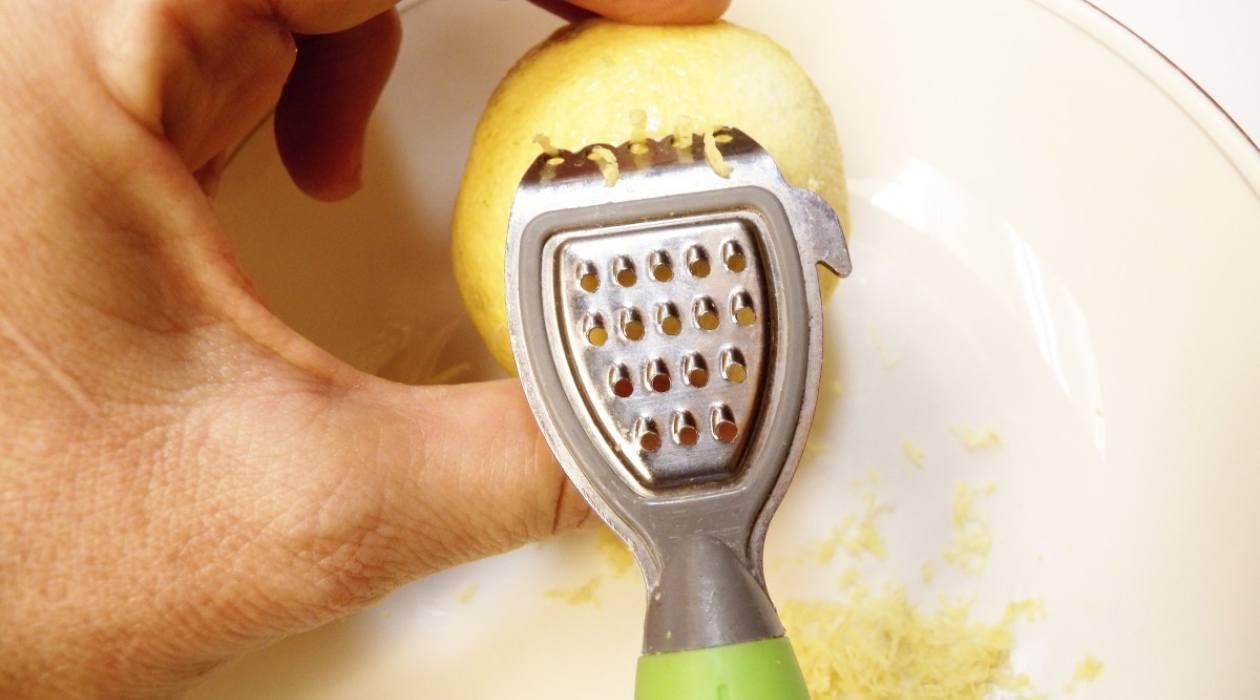
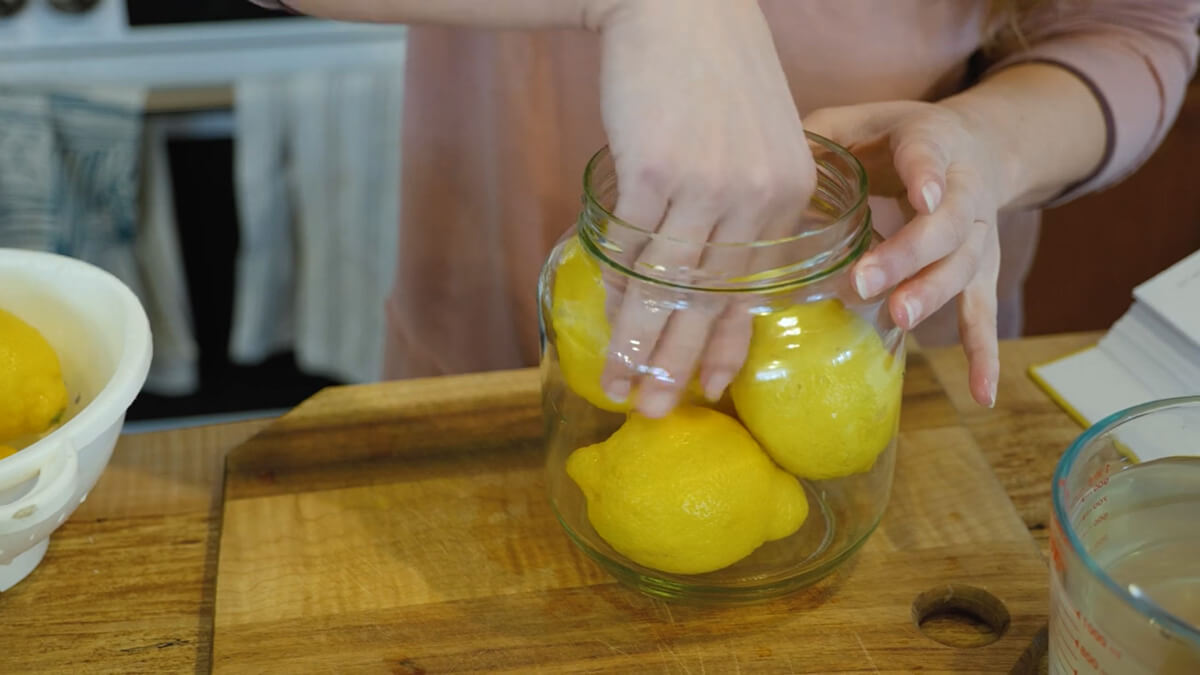


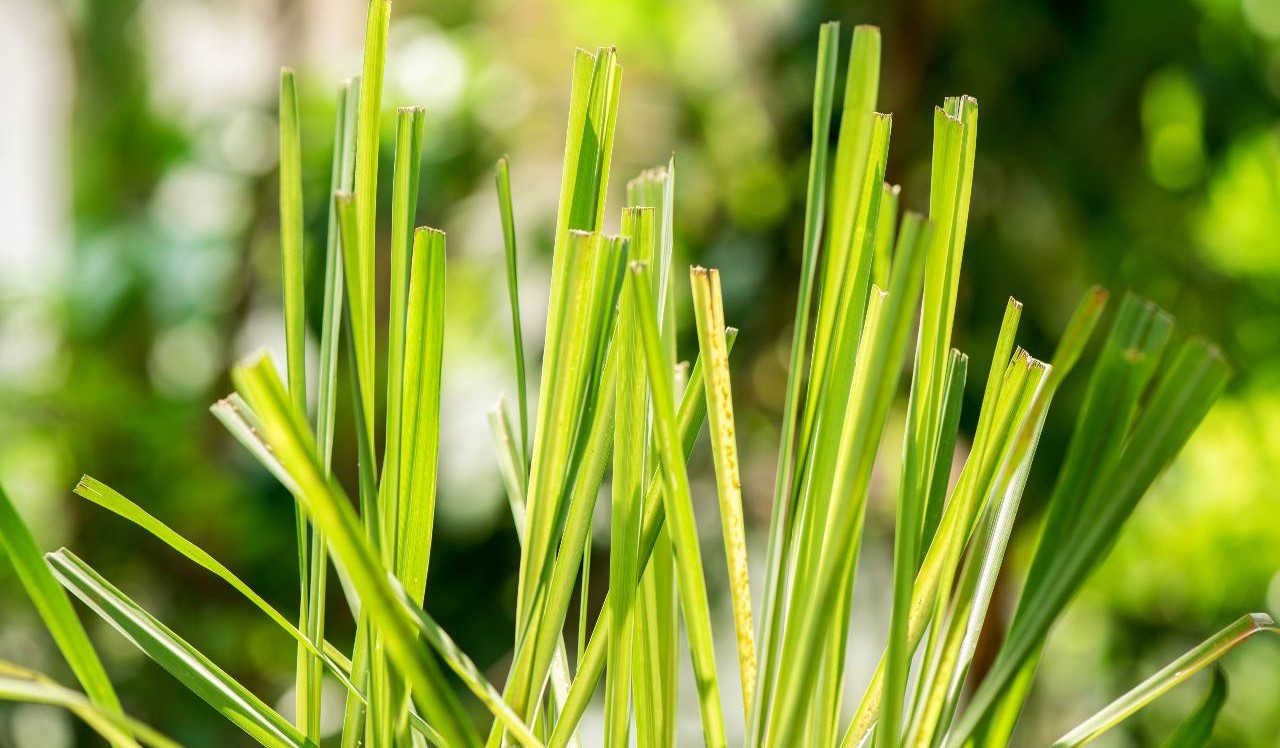
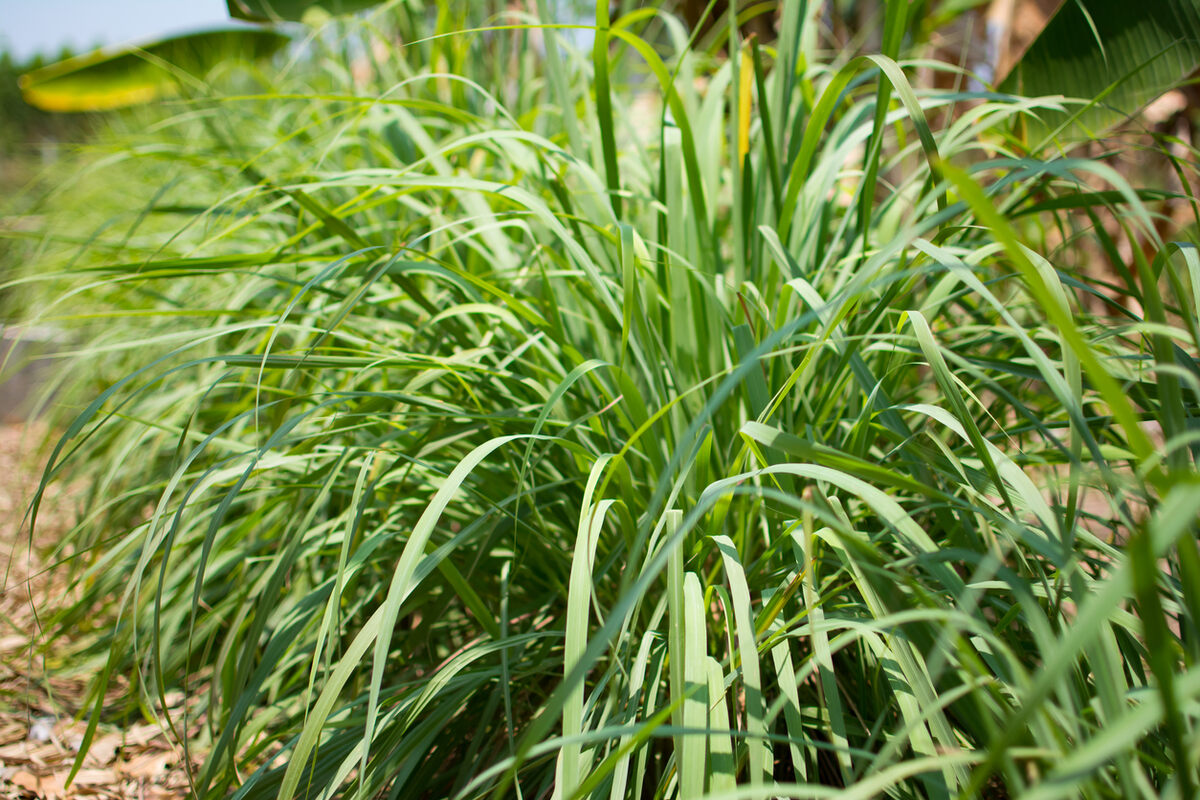
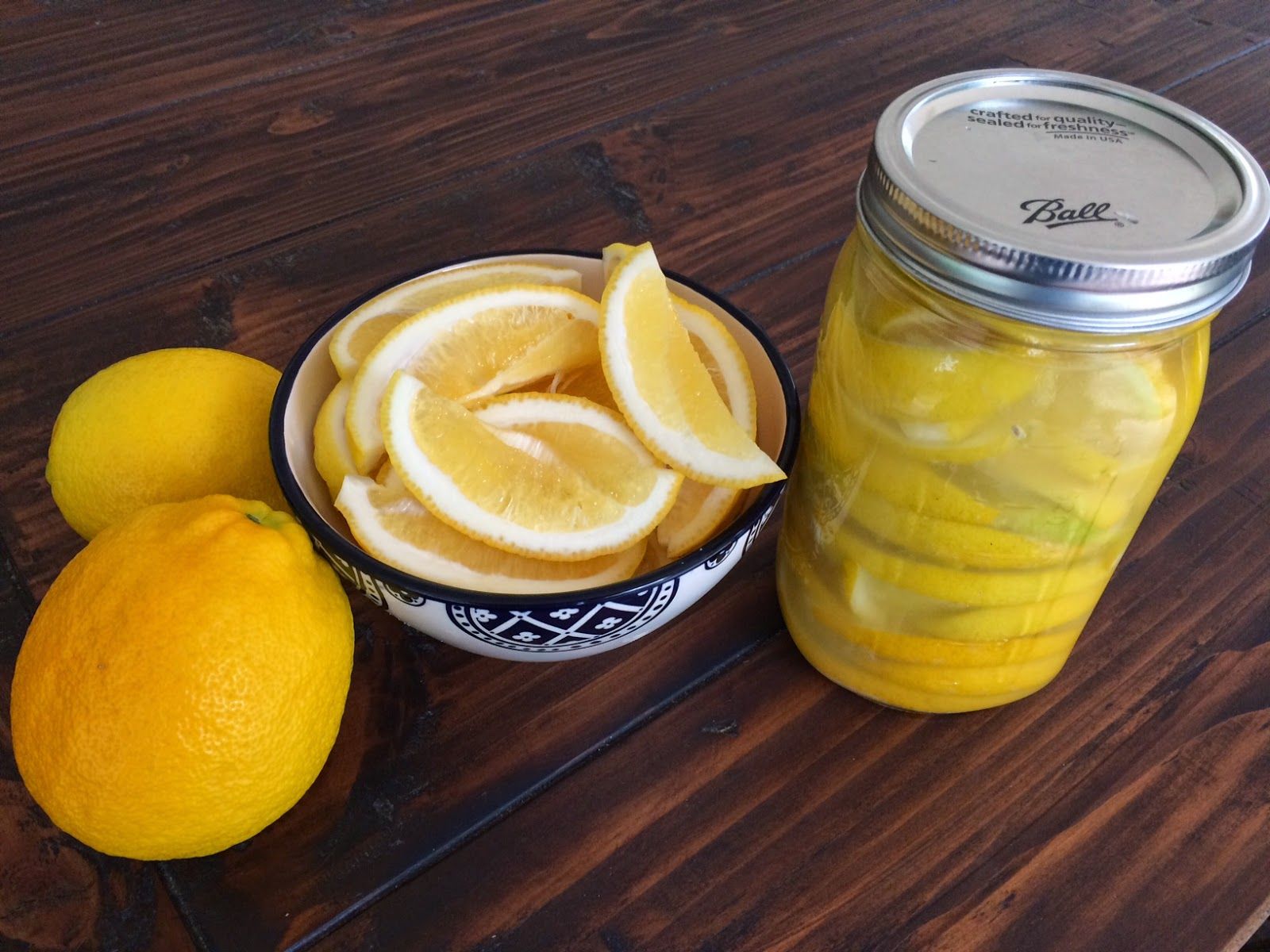

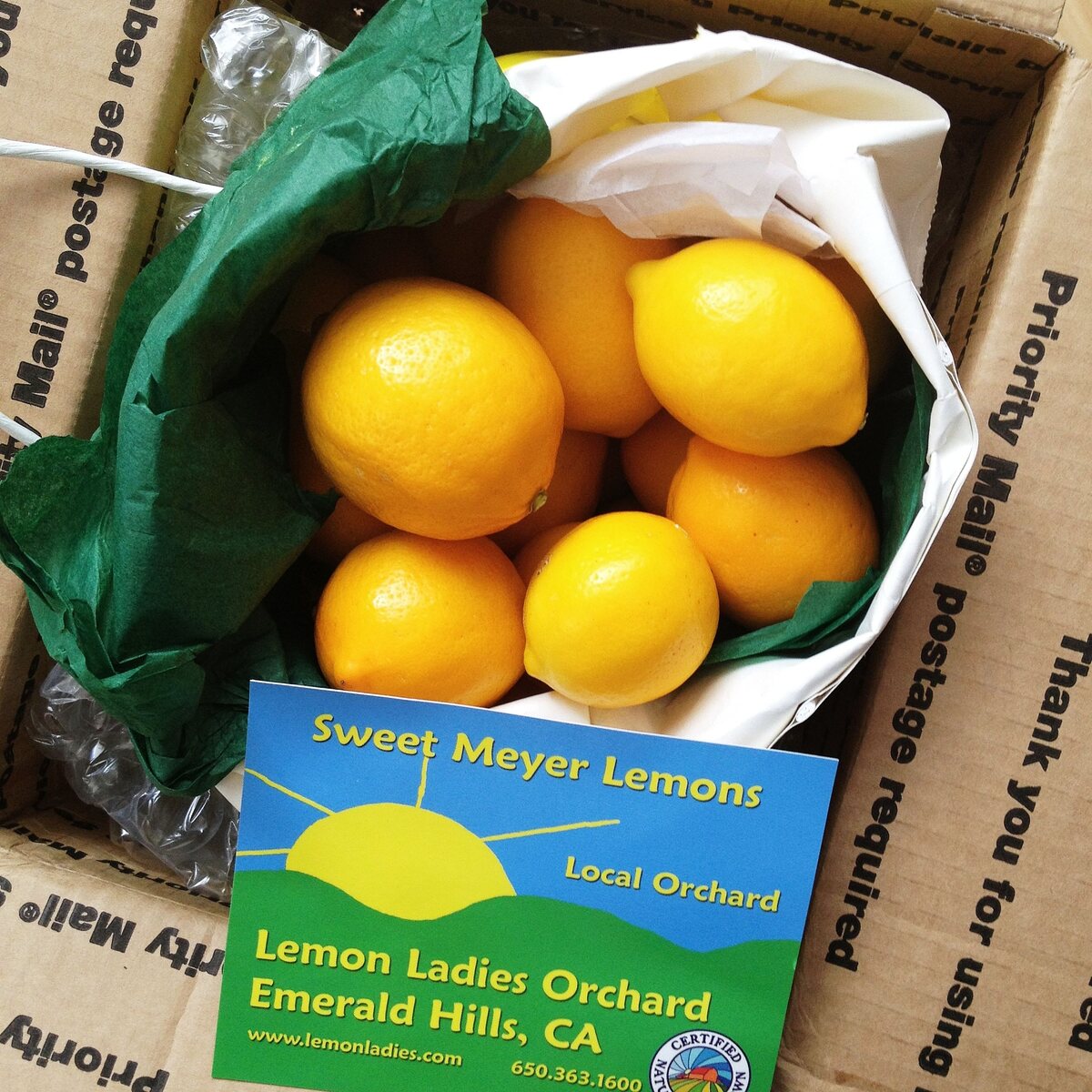
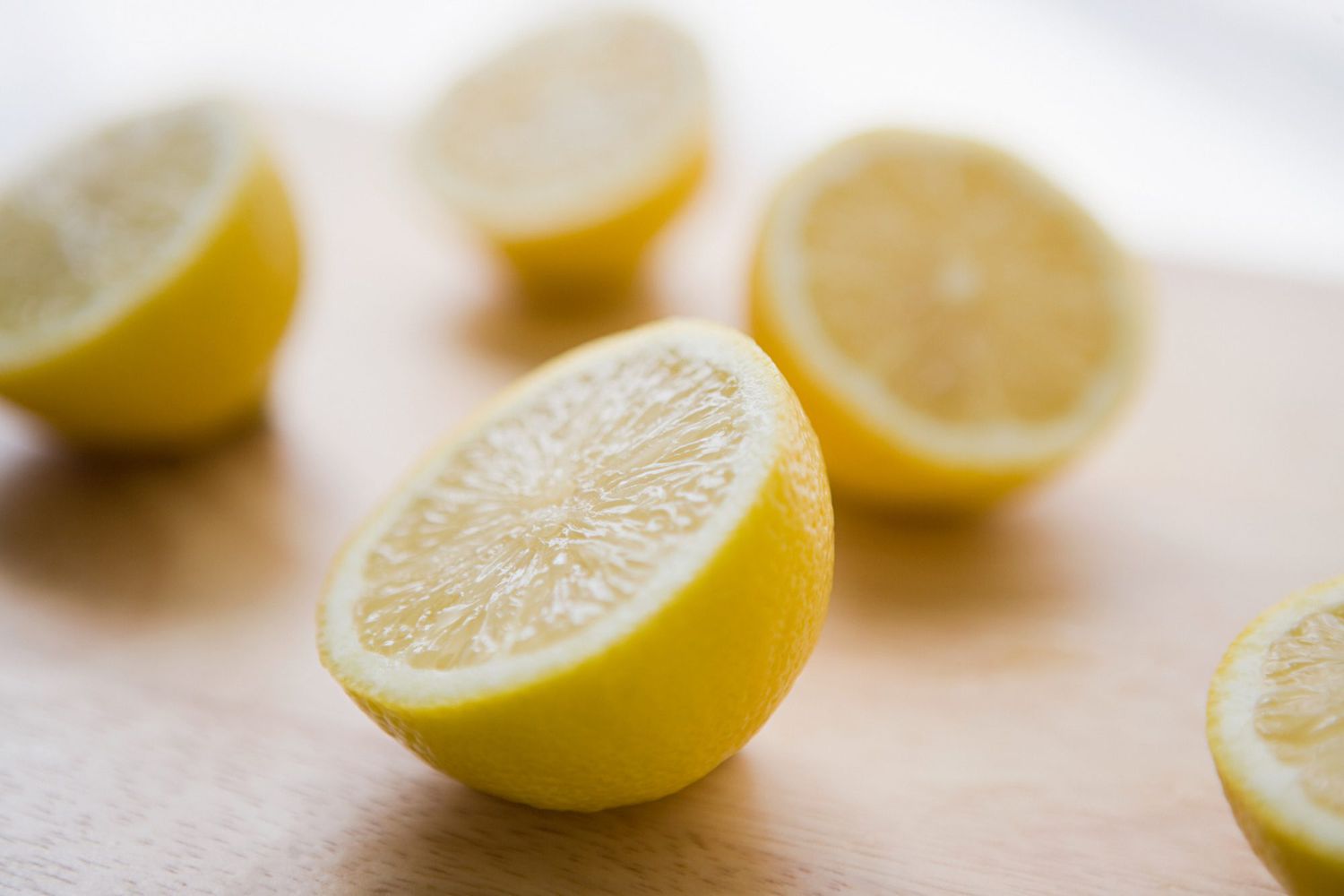
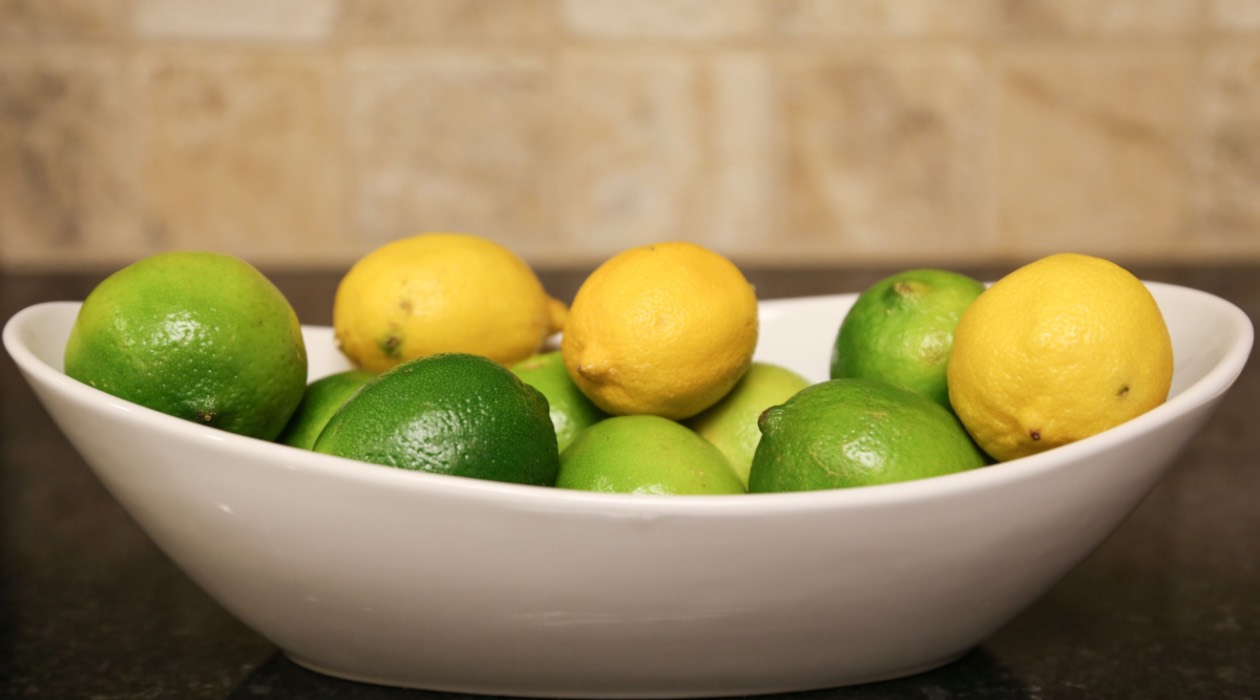

0 thoughts on “How To Store Lemon Grass”